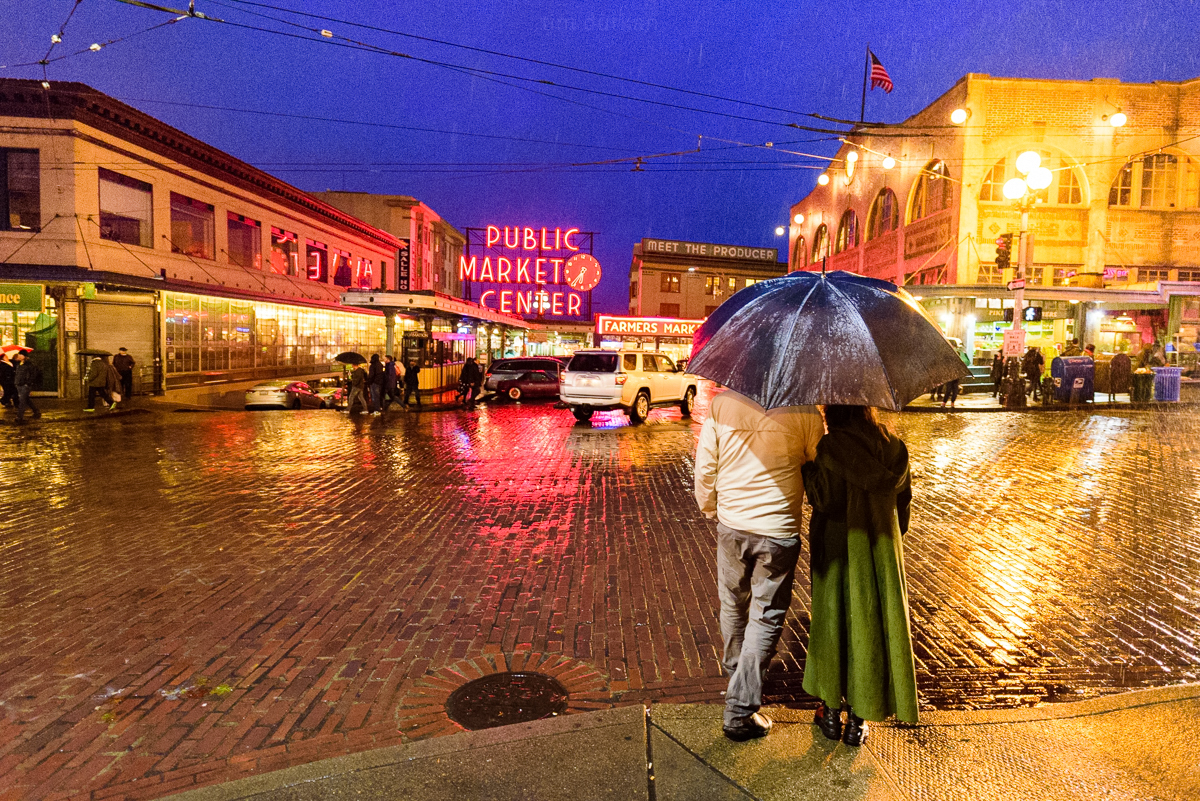 Seattle City Light is testing a new device built by a local osprey expert to see whether it can protect the growing population of osprey along the Lower Duwamish River by keeping them away from hazardous high voltage power lines.
Seattle City Light is testing a new device built by a local osprey expert to see whether it can protect the growing population of osprey along the Lower Duwamish River by keeping them away from hazardous high voltage power lines.
Seattle City Light is testing a new device built by a local osprey expert to see whether it can protect the growing population of osprey along the Lower Duwamish River by keeping them away from hazardous high voltage power lines.
“We’re trying to keep osprey happy and off our structures, so we can coexist,” City Light Wildlife Biologist Ron Tressler said.
But last August, an osprey started building a nest on a Harbor Island utility pole and it caught fire.
“The fear is that if they came back and tried to nest, we could end up killing a bird,” Tressler said.
To prevent that from happening, the utility turned to osprey expert Jim Kaiser, a consulting wildlife biologist who owns Osprey Solutions. Kaiser and Ed Schulz, a retired electrical engineer from Everett, built a nest deterrent system by modifying and updating a design originally conceived for transmission towers by Idaho Wildlife Biologist Van Daele in the 1980s, and offered it to City Light for testing.
“The osprey prefers to nest at the tallest available structures, which used to be dead trees or live trees with broken tops,” Kaiser said. “There aren’t many of those in the Seattle area. These birds have learned to select tall man-made structures like cell phone towers and utility poles.”
Kaiser built his device using corrugated plastic pipe, reinforced with other materials, and metal mounting brackets. It blocks the ospreys’ access to power lines and makes it harder for the birds to place sticks and other nest materials on the pole. Most sticks simply roll off the device’s hard, round surface and fall to the ground.
Using corrugated pipe that is wider than the 4-inch spread of on osprey’s talons also makes it hard for the birds to grasp it and perch, Kaiser said.
Osprey have defeated many other designs, including plastic spikes, triangles and smaller diameter pipe coverings.

This osprey in northeast Washington built a nest despite a triangular that is supposed to discourage birds.
“We have yet to achieve state-of-the-art in osprey deterrence,” Kaiser said. “We’ll see how it goes.”
A City Light crew led by Line Crew Chief Tom Caddy installed the nest deterrent equipment on the Harbor Island utility pole April 7.
Seattle City Light is committed to operating in an environmentally sensitive manner. Protecting the osprey from power lines also reduces the risk of damage to the utility’s equipment and an outage.
City Light has helped to install osprey nest platforms in the Duwamish area near the Harbor Island pole with the new nest deterrent equipment, as another way of promoting a healthy environment for the birds and keeping them away from high voltage lines. This video shows some of our earlier work to help osprey.
“This is the first time we’ve used this new equipment. We want to see how this works and evaluate its effectiveness,” Tressler said. “If we have new challenges by osprey using our structures, we’ll consider installing similar devices and, or platforms as appropriate.”
Seattle City Light is the 10th largest public electric utility in the United States. It has some of the lowest cost customer rates of any urban utility, providing reliable, renewable and environmentally responsible power to nearly 1 million Seattle area residents. City Light has been greenhouse gas neutral since 2005, the first electric utility in the nation to achieve that distinction.


